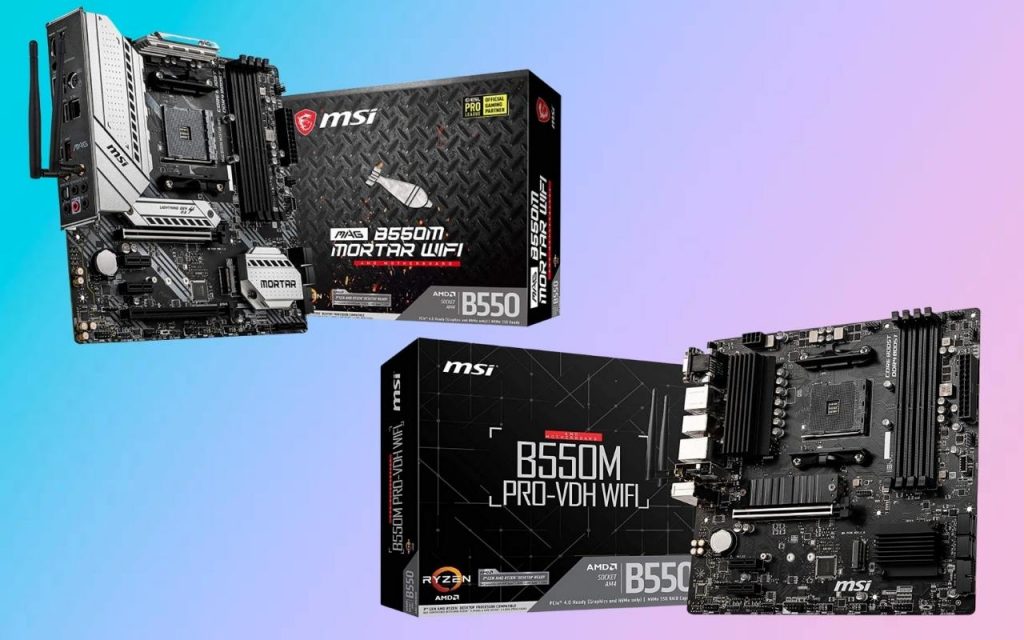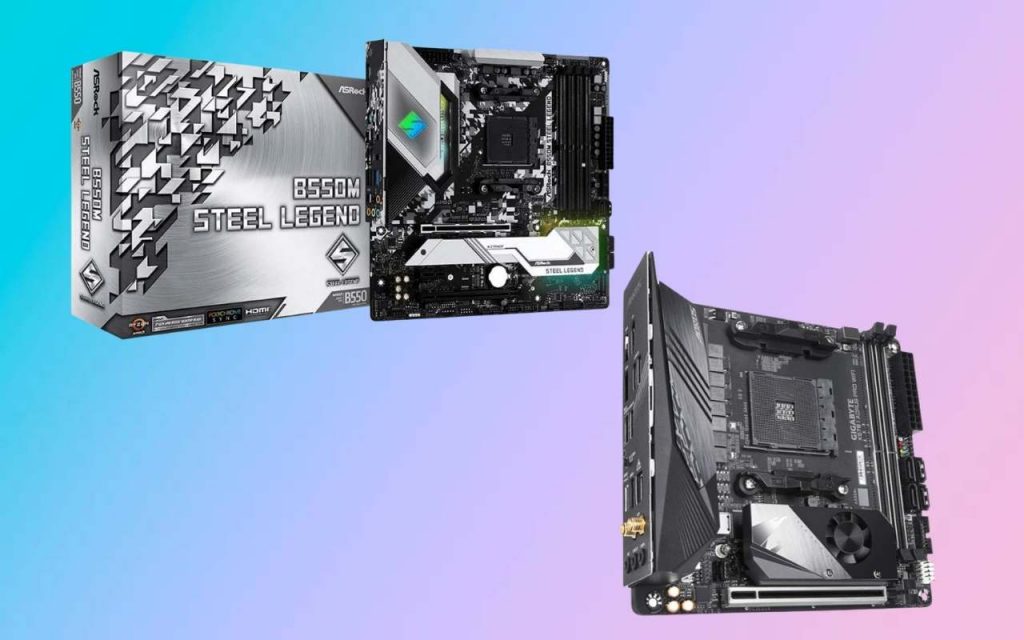So, you are building a PC for the first time or you have been building PCs since you remember? But you still don’t know what kind of motherboard you want? Or you got yourself a processor and now you are confused with the variety of options? Then don’t worry as this user-friendly guide will help you clear everything out and you will be able to choose a motherboard for your precious gaming PC. Have you ever wondered what is a motherboard? Let us tell you that the motherboard is the central nervous system of your PC and it works as a foundation for the other components you will have in your rig. Choosing the right motherboard will help you utilize most of the features you want in your build plus if you want to upgrade some parts in the future, you can do so by selecting the right motherboard. This ultimate guide is divided into seven parts, which are: Budget, Form Factor, Compatibility, Memory, Storage, Features & Extras, and Advanced things.
Table of Contents
Budget
The first thing you need to do is ask yourself how much are you willing to spend on your motherboard or how much money you can spare and what is the purpose of your build. What you need to do is to balance the budget according to your needs. You can save plenty of money if you are a light user and you just want to surf the internet or watch movies, on the contrary you will have to spend more money if you want to do heavy gaming and editing. If you are reading this guide, the chances are that you have already decided on what you want, and surely you want a motherboard that will serve your purpose.
Form Factor
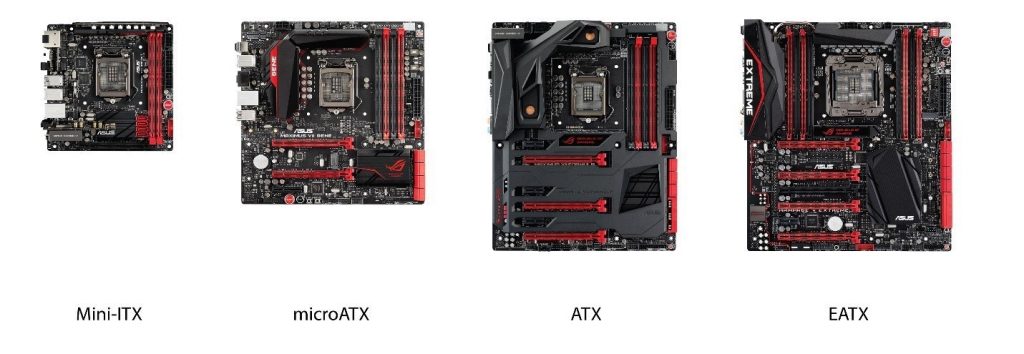
As mentioned earlier motherboards are like a central nervous system that acts as a foundation to help connect other components in your system, and as they say motherboards come in all shapes and sizes. Specifically, there are four types of motherboards, which are: ATX, Micro ATX, Mini ITX, and Extended ATX. So, what does this mean? We will explain everything further:
ATX: ATX is the most common form factor of motherboards and it offers the greatest number of features. It is also the largest kind of board which is why it has multiple PCIe slots, ram slots, and other features. You will need a larger case typically for this type of motherboard, we have discussed more about the cases later in this guide.
Micro ATX: Micro ATX is slightly shorter than the ATX motherboards and it offers fewer features, commonly micro atx has only two ram slots but you can also get a micro atx board with 4 ram slots, which is why they are a little cheaper but come with great value for money.
Mini ITX: As the name suggests Mini ITX is the smallest form factor out of all motherboard types, and they are very compact, you will need an SSF casing. If you are building your pc for the first time it might give you a hard time.
Extended ATX or EATX: These are the largest motherboards that can be found at the consumer level but rarely do people buy them, these are larger and wider than ATX and offer more GPU connections and dual processor support, which is why not many people want them.
Compatibility
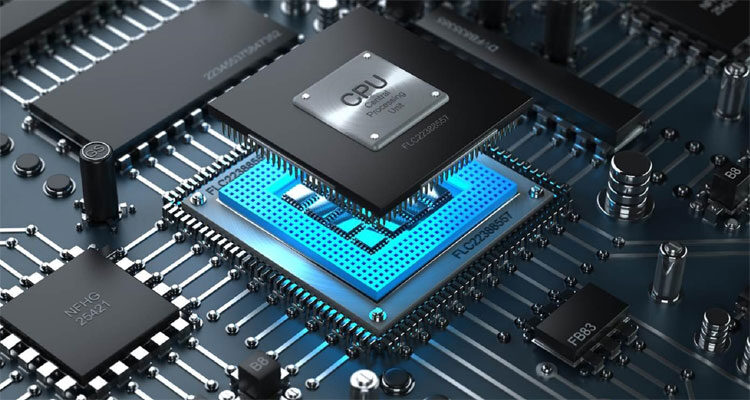
Whenever you are buying something which has variable parts, you have to think about the compatibility and balancing, you don’t want to buy an expensive processor and a cheap quality motherboard, or vice versa, and it happens a lot, it is the most common mistake people make who don’t have prior experience in PC building.
Processor / Platform
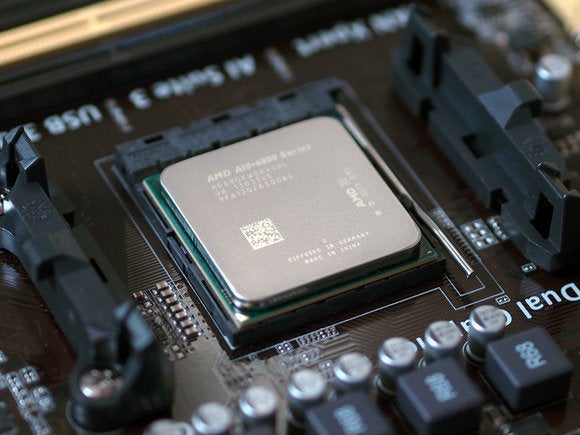
Generally, selecting the processor is the first step if you are building a pc, and the most commonly known two brands offer their processors are Intel and AMD. There are different generations of both the brands available in the market and at the time of writing this guide the most current processors are: intel’s 12th gen processors and AMD’s 3rd gen processors (zen 4 expected in future). Processors are the brain of the computer and they are connected by a socket to a motherboard. Different motherboards come with different sockets, and if you want to know whether your processor is compatible with the motherboard or not, you can check on the motherboard’s website. Currently, AMD is using AM4 sockets for their latest CPUs and Intel is using LGA 1200 for their processors. Z590 is the latest motherboard that supports the intel 11th gen processors like i9-11900/k, i7-11700/k, and i5-11500/k, on the other hand, B550 is the current motherboard that supports zen 3 and will support zen 4 processors by AMD.
Casing
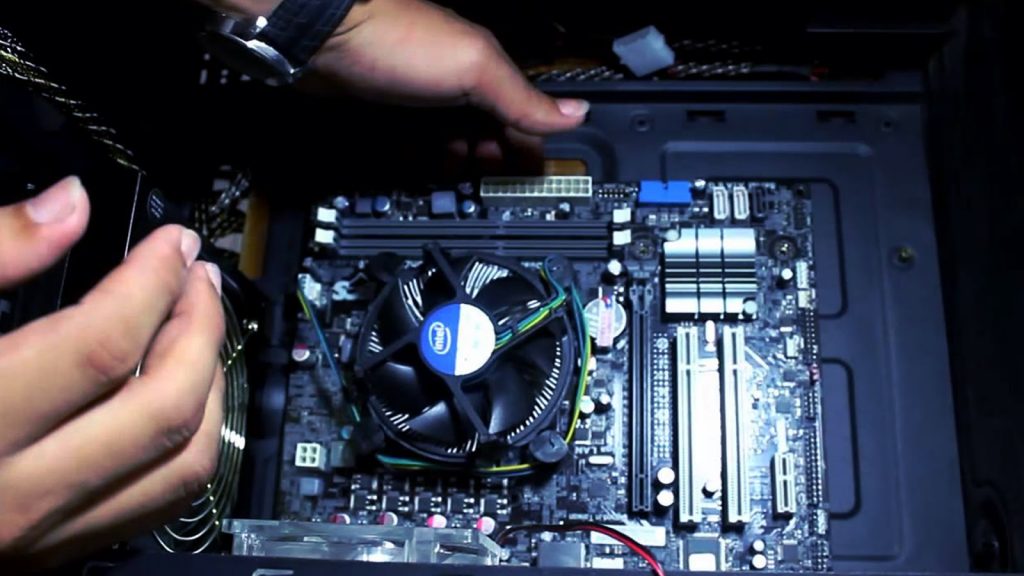
The casing is the shield and aesthetics of your build. Whether you want a full RGB glass panel casing or a compact size casing, will depend upon your choice and what kind of motherboard you are going for. If you are going for an ATX board you might want to buy a full tower or mid-tower chassis, as only these two types can fit the ATX board. If you are on a budget and opted for a micro ATX, you can buy a mini-tower or even mid-tower chassis but it will look weird as there will be an emptier place. Lastly, you will need an SSF casing for your Mini ITX board, which is again harder to build because of its small size.
Overclocking

Generally, if you are buying an AMD processor you don’t need to think about overclocking as all the AMD’s processors are unlocked and most of the motherboards allow overclocking, but if you look at intel, it is a different story. If you are looking to overclock your pc, you want to buy a processor which ends with a K (example: i9-11900k), a non-K processor will not be able to overclock. Also, alongside the processor, you will have to see whether the motherboard you are going to buy allows overclocking or not. You can save plenty of money if overclocking isn’t your concern and you just want to use things like a stock.
GPU Slots
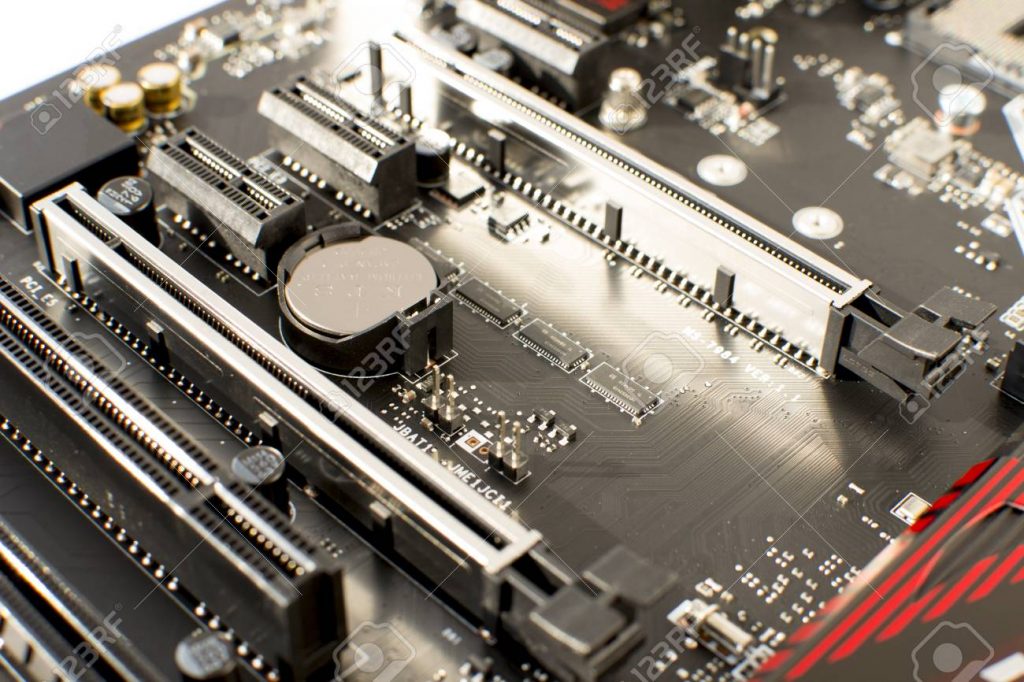
Another important part when considering buying a motherboard is to know what kind of GPU you want in your system or how many GPU slots you are getting. Selecting the correct GPU also requires some research, you don’t want your PC to bottleneck and that it should fit in your motherboard. If you are getting only one GPU, you can check what kind of slot it uses, generally, most of the GPUs use PCIe x16 slot, and some require 3.0 PCIe or later so make sure you are getting the right deal. If you are getting multiple GPUs you need to get a motherboard that has the exact amount of PCIe slots available and that they are compatible coupled with a device called SLI for NVidia and Crossfire by AMD.
Memory
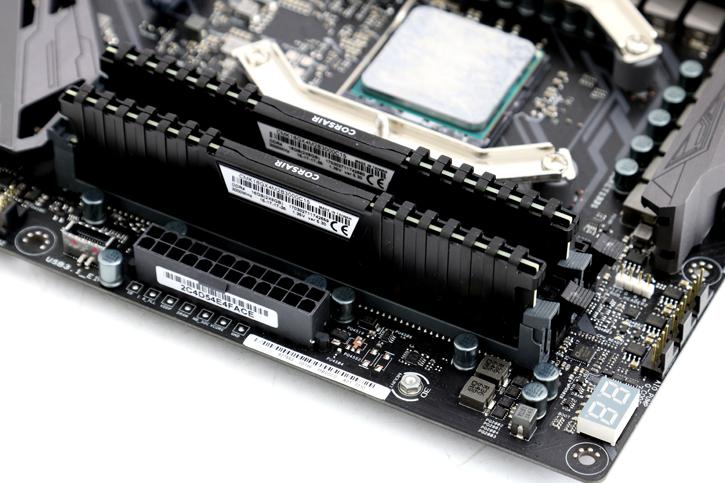
Memory or ram plays an important role if you are an editor or a gamer that plays AAA titles and streams alongside. The amount of Random Access Memory or RAM, in short, is needed depending upon the usage of the user. As mentioned earlier there are different kinds of motherboards and they all have different memory slots. Usually, if you are a light user you can go with only two RAM slots and an 8 GB of ram, but if you are a heavy user you need 4 slots that work as a dual in-line memory. You can pair 4 rams together to form 2 DIMMs or dual in-line memory modules, and 16GB ram or more will be enough. There is also the frequency of the ram and generation which determines the speed, your motherboard will have the support list for compatible processors, currently, ddr4 rams are in use and you can get 3000, 3200, or 3600MHz frequency coupled with your board.
Storage
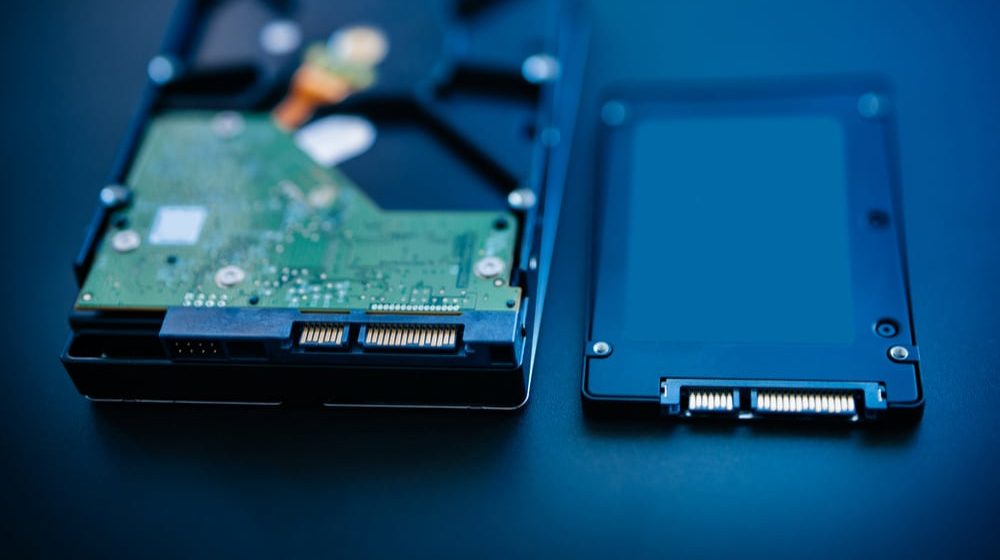
After the ram, you need to focus on your storage needs. Some motherboards have multiple NVMe slots while some have only one, it is up to you to decide on what you want because NVMe is the latest type of SSD which is faster and reliable. Conventional SSD and HDD are also being used and every motherboard has the slot for it, but the number of those slots varies, typically what people do is use NVMe to boot windows and important software while using large HDD for digital media and entertainment. Balancing the budget is the key here because SSDs are expensive and offer less storage while on the other hand HDDs are cheap and offer more space.
Connectivity
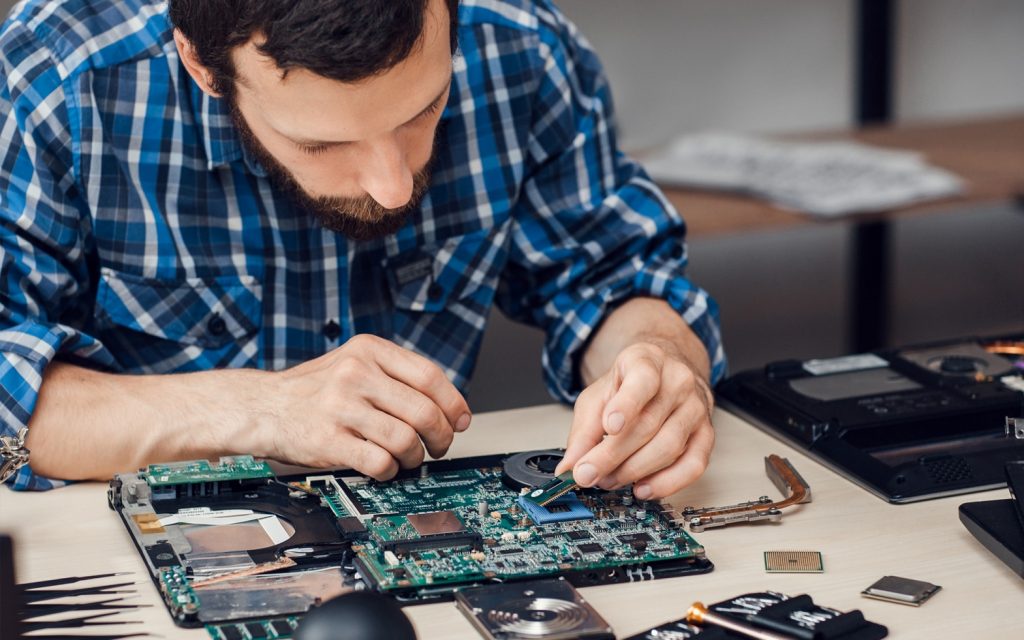
Another thing you might want to look out for is the number of ways you can connect devices to your pc, which might be in the form of USB or type C or any other way. Some connections are directly on your motherboard or can be found on the back of the IO shield or some are connected through the casing, so you will have to consider what kind of ports does your motherboard offer and also which type of ports does your casing have, in order to get the most out of it.
Features and Extras
Okay, now we know what we want but what about other things, the extra features that add flavor to your gaming pc like RGB or WIFI. We have made a list of features that different brands provide in their motherboards, and you can look out for these things while buying your motherboard. The list includes (but is not limited to only these features)
- RGB
- 4pin / 3pin RGB header
- WIFI
- LED Post Readout
- Power Reset Switch
- Bios Reset Switch
- Clear CMOS Button
- Advanced fan control
If you want to go into detail, motherboards that come with RGB are aesthetically pleasing and the RGB headers help add RGB strips and control them through software, while WIFI is a cherry on top but not a necessary feature as most gamers prefer wired connection anyways. LED post readout helps with the system stats in real-time, which can be monitored through software. Power and reset switch can be helpful in manually starting or restarting your pc directly from the motherboard. Bios Reset switch is also a great feature for those who try different things and want to reset bios if something goes wrong with just a switch. Also, Advance fan control can help you take better control of your PC fans as you don’t want them working extra when there is not enough heat generated by your pc. So, these were the extra features you might want in your build that you can consider when buying a motherboard.
More Advanced Things
Till now we have shared beginner to intermediate level information but now we are going to discuss the more advanced level of things. If you are looking for a motherboard you may want to consider 3 things which are: Build quality, Performance, and Component integrity. Better build quality means better voltage control or better cooling as the design of the board matters, if you look at the expensive boards they are much thicker in size compared to cheaper ones because of the extensive connection types used in them. You can overclock your rig better in these motherboards because of the better voltage control and cooler design which will have better performance in the end. We recommend 4 known brands of motherboards that you can opt for, those are Gigabyte, Asus, MSI, and ASRock.
Conclusion
By the end of this guide, hopefully, you will be able to know how you can choose a motherboard for gaming and other purposes. Either you can buy a motherboard that helps you upgrade other components easily in the future or you might get something that you never want to upgrade and use as it is, in the end, the choice is yours and we are just happy to help you, happy gaming.

